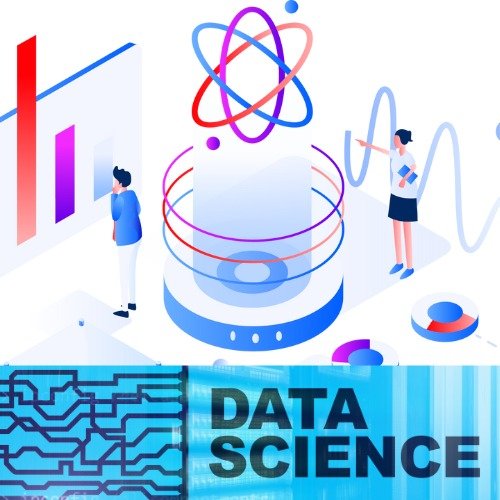Data Science

About Course
A Data Science course is designed to introduce students to the techniques and tools used to analyze and extract insights from data. It integrates various fields such as statistics, machine learning, data analysis, and programming. Below is a typical overview of what a Data Science course might cover:
|
Overview: Data Science Training equips participants with the essential knowledge and skills needed to analyze, interpret, and model complex data. This comprehensive program covers core concepts of data analysis, machine learning, statistical methods, and data visualization, enabling learners to transform raw data into actionable insights. Whether you’re a beginner aiming to understand the fundamentals or an experienced professional looking to expand your skill set, this training provides the tools needed to succeed in the rapidly growing field of data science.
Skills Gained from the Course:
- Technical Skills: Programming (Python), Data manipulation (pandas, NumPy), Machine learning, Data visualization
- Analytical Skills: Data analysis, statistical testing, hypothesis testing
- Problem-Solving: Using data-driven approaches to solve complex problems
- Communication Skills: Presenting data-driven insights to non-technical stakeholders
Course Content
Module 1: Python Basics
Module 2: Python for Data Science
Module 3: Statistics for Data Science
Module 4: Machine Learning Basics
Module 5: Supervised Machine Learning Techniques
Module 6: Unsupervised Machine Learning Techniques
Module 7: Natural Language Processing (NLP)
Module 8: Deep Learning
Student Ratings & Reviews

